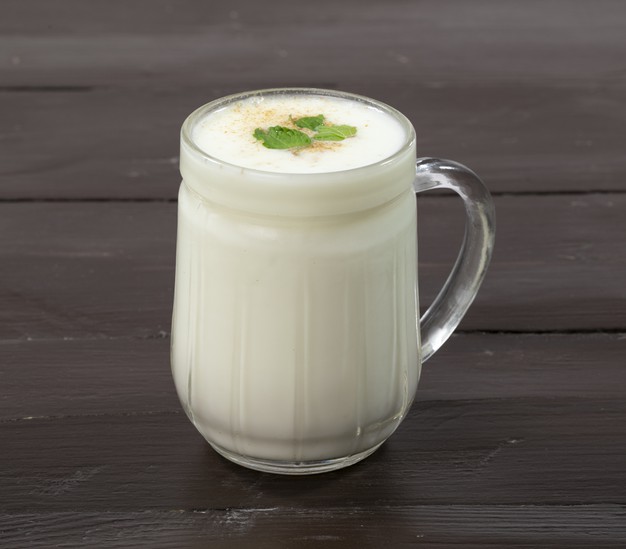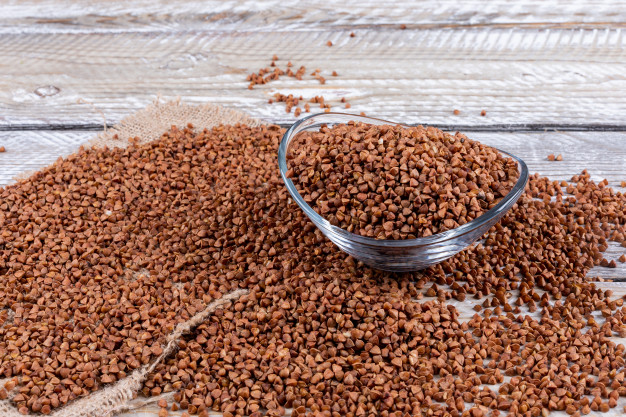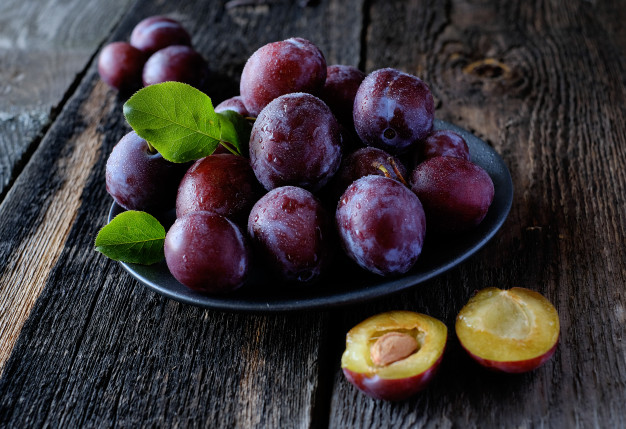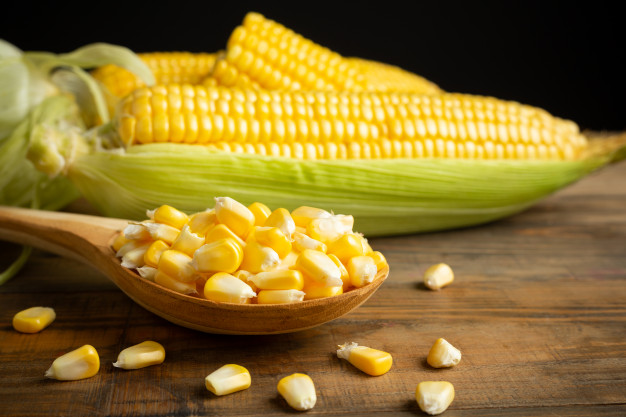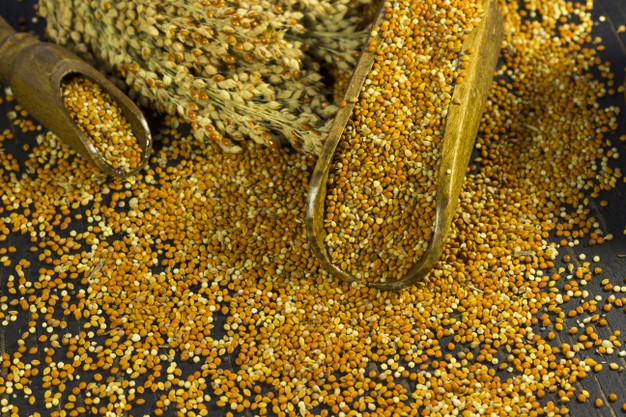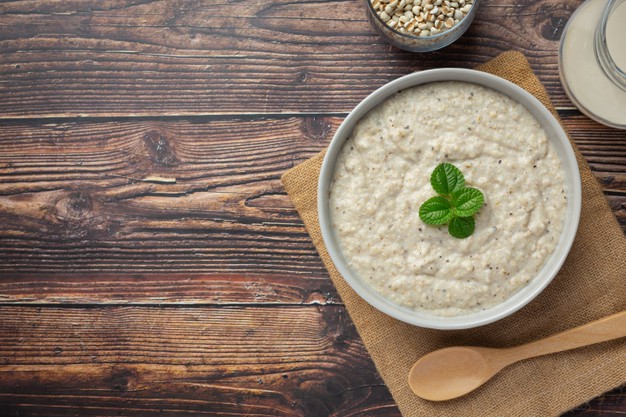Buttermilk is a nutrient dense dairy product. The name can be confusing as it is called buttermilk thus people believe that it must be full of butter or fat but the fact is that it does not contain any butter and it contains relatively less fat than whole milk. Previously it has prepared by the leftover liquid portion of whole milk, which is churned into butter but now it is prepared by blending yogurt with water. It basically contains water, milk protein casein and milk sugar lactose. It has been traditionally used for numerous therapeutic purposes.
Preparation of butter milk
Below points will discuss about the method of butter milk preparation –
- A deep pan vessel should be taken first
- Then curd and water should be added in that vessel
- Then it should be blended to form a homogeneous mixture. Manual wire whisker or hand blender can be used for this purpose
- Finally the butter milk is prepared after finishing the blending of yogurt and water
- Salt and other spices can be added to butter milk before consumption

Nutritional composition
- It contains desirable amount of carbohydrate. Lactose is the main source of carbohydrate present in buttermilk
- It contains protein too. It is composed of various important amino acids
- It contains too some extent of fat as well. It contains both saturated and unsaturated fat. It contains negligible amount of cholesterol too
- It contains several micronutrients and especially rich in Vitamin B complex, Vitamin C, Vitamin D, calcium, magnesium and potassium
- It also contains various enzymes and biologically active compounds that exhibit numerous neutraceutical benefits

Health benefits
Role on immunity
- Butter milk is composed of lactic acid bacteria, which play imperative role in boosting up the overall immunity of body. It has seen that these bacteria help to increase the ability of the body to fight against pathogens present in food
- Women suffer from urinary tract infection or vaginal infection can include butter milk in their diet as it plays significant role in decreasing these incidences
- Consumption of butter milk is also very effective for preventing candida infections
Role on digestive health
- Consumption of butter milk is very beneficial for promoting overall digestive health
- It plays imperative role in promoting digestion. It has seen that lactic acid bacteria present in butter milk ferments lactose sugar and produces lactic acid that plays vital role in preventing the growth of disease causing microbes in digestive tract and helps to clear stomach as well thus decreases the prevalence of stomach infections
- It is associated with soothing the lining of stomach by washing down spicy foods
- It also helps in relieving the stomach from any kind of irritation caused by foods especially spicy foods
- It helps to improve bowel movement as well thus promotes regularity
- It helps to improve colonic health too and helps to reduce the prevalence of colon cancer
- It has seen that consumption of butter milk is also very effective for preventing acid reflux
- It contains numerous bacteria that act as probiotic, which exhibit a symbiotic relationship with body and play imperative role in improving the growth of intestinal beneficial microbes that ultimately helps to promote gut health
- Butter milk is widely used for treating ulcers as it plays important role in neutralizing acid in stomach by coating the lining of stomach as a result it prevents hydrochloric acid (acid secreted from stomach) to come close contact with the mucous membrane of stomach hence decreases the prevalence of ulcers. It exerts cooling effect as well, which also helps to prevent the ulcer from erupting
- It also helps to reduce the risk of developing gastro esophageal reflux disease by keeping the hydrochloric acid from moving up into the esophagus

Role on washing down oily food
- Ginger, coriander, cumin and other spices can be added to butter milk before consumption. These spices are considered as carminative substances, which help to expel gas from stomach thus individual who feel bloated after heavy meal or oily foods should consume butter milk
- It helps to make an individual feels less over stuffed

Role on preventing dehydration
- Butter milk has been extensively used as an important preventive measure for dehydration
- As it is made up of yogurt and water therefore it contains adequate water and electrolytes thus its consumption is closely associated with preventing dehydration by replacing the losses of water and electrolytes occurred in body
- It is also very effective for cooling down the body especially in hot summer

Role on preventing obesity
- It is considered as a low calorie drink thus individual who want to reduce their body weight can easily incorporate it in their diet as it does not provide enough energy
- It also helps to exert a feeling of satiety thus helps to prevent over eating
- It provides adequate proteins, vitamins, minerals and enzymes, which are required for maintaining proper energy level in body
- Its consumption helps to satisfy hunger and also provides essential nutrients without providing much calorie (as it contains negligible amount of fat) thus it plays vital role in facilitating weight reduction
Role on muscle
- Protein components of buttermilk play imperative role in promoting the growth and development of muscles
- It helps to enhance muscle mass
- It also helps in re-synthesizing cells and tissues that help to repair damages

Role on skeletal system
- Buttermilk is considered as an important source of calcium that acts as the building block for skeletal system
- It helps to increase bone mineral density as well
- It is also associated with strengthening the teeth along with bones
Role on skin
- Consumption of butter milk is very much helpful for enhancing skin health as it helps to moisturize the skin and also helps to provide a zit free and smoother skin
- It helps to increase skin elasticity
- It also helps to brighten the skin and makes the skin youthful as well as wrinkle free
Other health benefits
- It helps to prevent hypertension
- It helps to stimulate the process of detoxification
- Its consumption is very effective for preventing hemorrhoids
- It also helps to keep cholesterol level under check
Culinary uses
It has numerous uses in cooking as well, such as –
- It is widely used for tenderizing meat as it contains several acids. It has seen that meats, which are marinated with buttermilk significantly improve their taste as well as texture as butter milk helps to make them more tender and juicer
- It also used as an important flavouring agent
- It can be used for preparing cakes and biscuits
- It is widely used for preparing corn bread
- Ferment butter milk is used for preparing soups as well

Ayurvedic uses
It has been used for centuries in Ayurveda as an effective remedial action for various diseases, which include –
- Hypertension
- Hypercholesterolemia
- Digestive disorders
- Swelling
- Anemia
- Spleen maladies
- Lack of appetite
Uses by Food Industry
The dry matter of buttermilk is generally termed as buttermilk powder, which has various applications in food industry, such as –
- It is used as an emulsifier
- It is also used in whipped cream
- It is added to milk based drinks for enhancing their nutritive value without increasing their calorie content

Source:
Ali, A.H., 2019. Current knowledge of buttermilk: Composition, applications in the food industry, nutritional and beneficial health characteristics. International Journal of Dairy Technology, 72(2), pp.169-182.
Chaudhari, N., Balakrishnan, S. and Patel, A.M., 2018. Buttermilk: An Unrevealed Nutraceutical. International Journal of Fermented Foods, 7(2), pp.113-117.
Conway, V., Gauthier, S.F. and Pouliot, Y., 2014. Buttermilk: much more than a source of milk phospholipids. Animal Frontiers, 4(2), pp.44-51.
de Freitas Mascarello, A., Pinto, G.I., de Araújo, I.S., Caragnato, L.K., da Silva, A.L.L. and dos Santos, L.F., 2019. Technological and Biological Properties of Buttermilk: A Minireview. In Whey-Biological Properties and Alternative Uses. IntechOpen.
Gille, D., 2010. THE HEALTH ASPECTS OF BUTTERMILK COMPONENTS. A REVIEW. ALP science, (2011), p.540.
Kumar, R.A.V.I.N.D.E.R., Kaur, M.A.N.P.R.E.E.T., Garsa, A.K., Shrivastava, B.H.U.V.N.E.S.H., Reddy, V.P. and Tyagi, A., 2015. Natural and cultured buttermilk. Fermented milk and dairy products, pp.203-225.
